פרופ' חוסאם חאיק מהטכניון נבחר ל"עמית האקדמיה הלאומית לממציאים"
הבחירה - הכרה בין-לאומית יוקרתית בהישגיו פורצי הדרך ובהשפעתו על עולם החדשנות הגלובלי
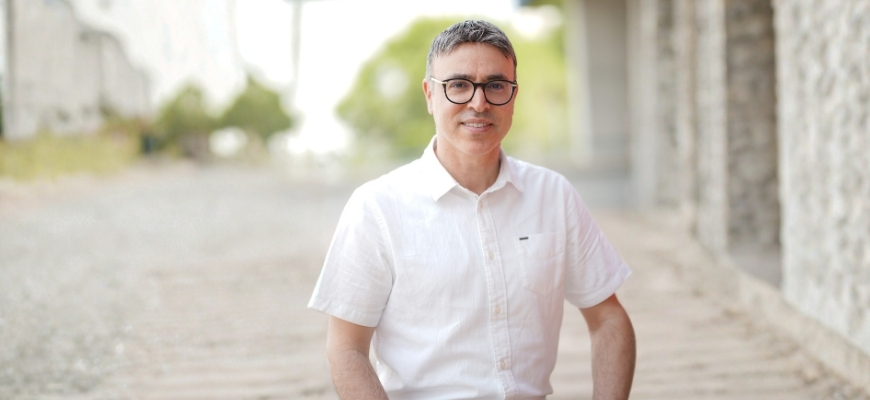
הבחירה - הכרה בין-לאומית יוקרתית בהישגיו פורצי הדרך ובהשפעתו על עולם החדשנות הגלובלי
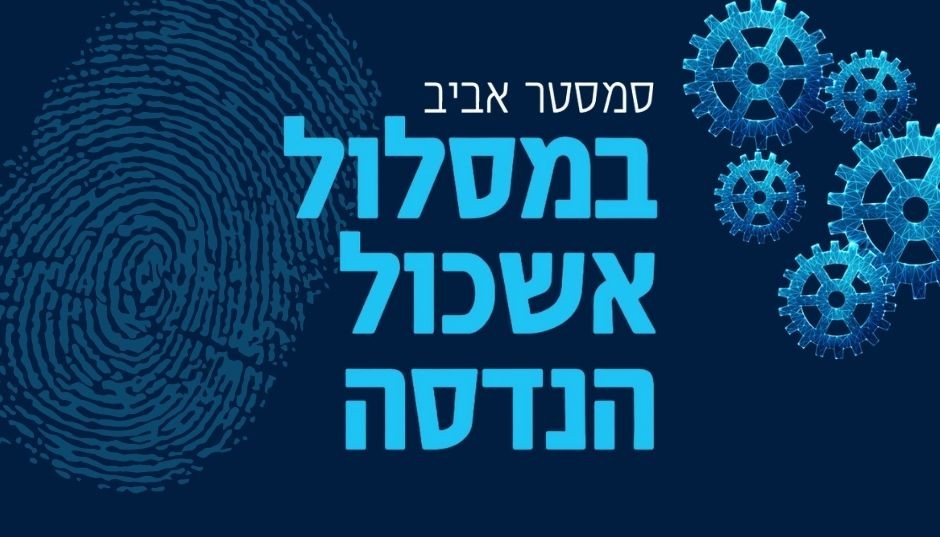
מסלול ייחודי המאפשר להתחיל ללמוד כבר בסמסטר ב', להתנסות בקורסי הנדסה ולהשתלב בהמשך באחד מחמישה מסלולי לימוד מובילים

ערב חשיפה לתארים מתקדמים בפקולטה למדע והנדסה של חומרים
22.12.2025 שני, בשעה 18:30
הוספה ליומן

טכניון על הבר - כימיה ובינה מלאכותית
23.12.2025 שלישי, בשעה 20:00
הוספה ליומן

גשר לתעשייה | אתגרים ופתרונות חדשניים בתחום מדעי החיים
24.12.2025 רביעי, בשעה 13:00
הוספה ליומן

מוסיקה והשפעתה על הבריאות והחוסן שלנו
24.12.2025 רביעי, בשעה 13:00
הוספה ליומן

איך בונים ושומרים על זוגיות יציבה בעולם משתנה?
07.01.2025 שלישי, בשעה 14:00
הוספה ליומן
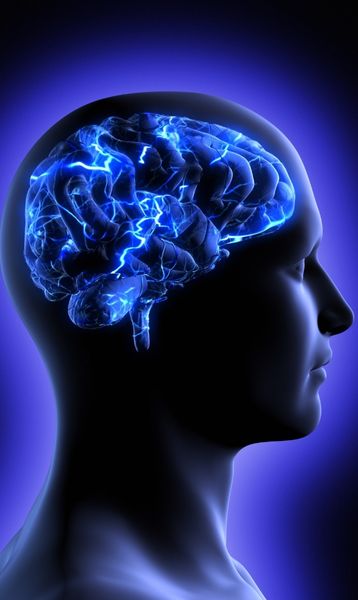
מוסיקה מדע והשראה | עונה 4 - קוד הזכרון
14.01.2025 שלישי, בשעה 12:30
הוספה ליומן
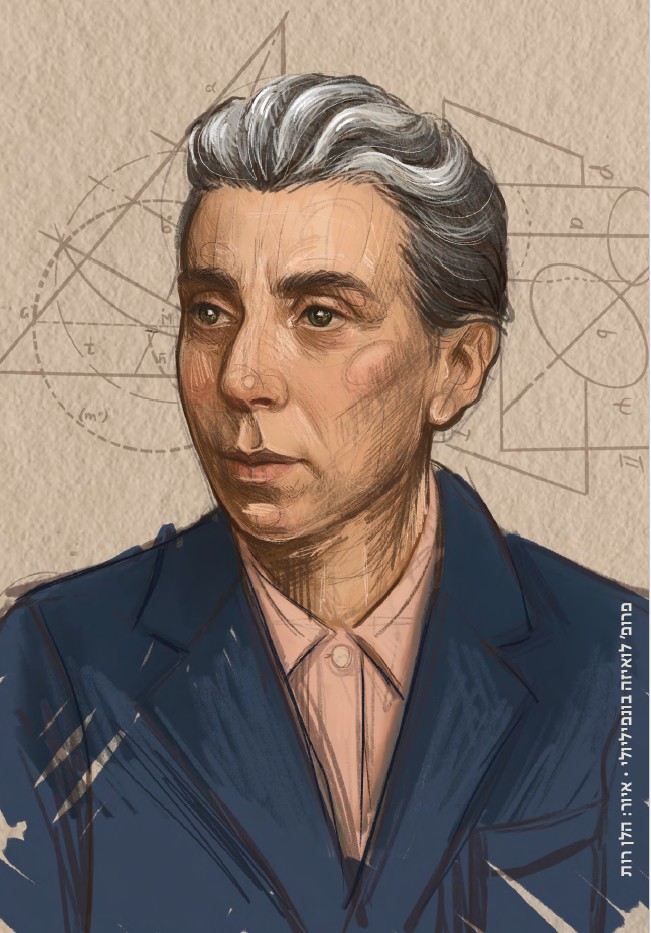
תערוכת "מראות מקום"
02.11.2025 ראשון, בשעה 09:00
הוספה ליומן
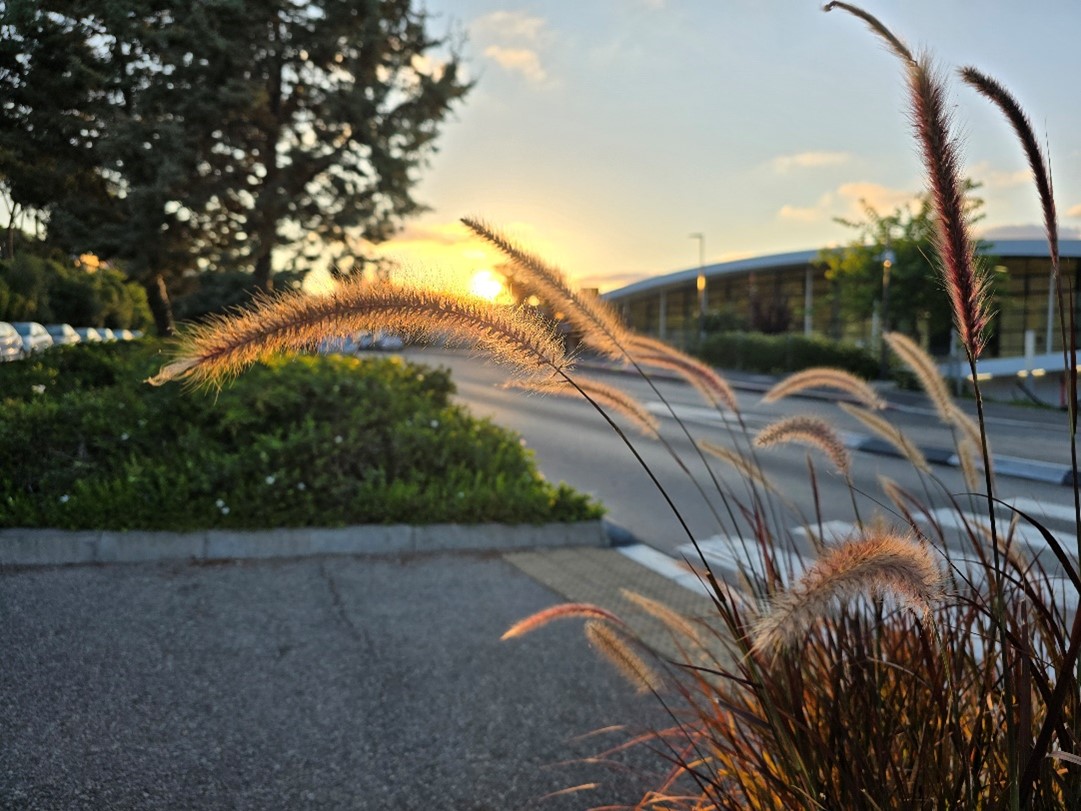
תערוכת הצילום "טבע בקמפוס"
16.07.2025 רביעי, בשעה 09:00
הוספה ליומן
100000
בוגרים
18
פקולטות
15000
סטודנטים
60
מרכזי מחקר
ברחבי הקמפוס